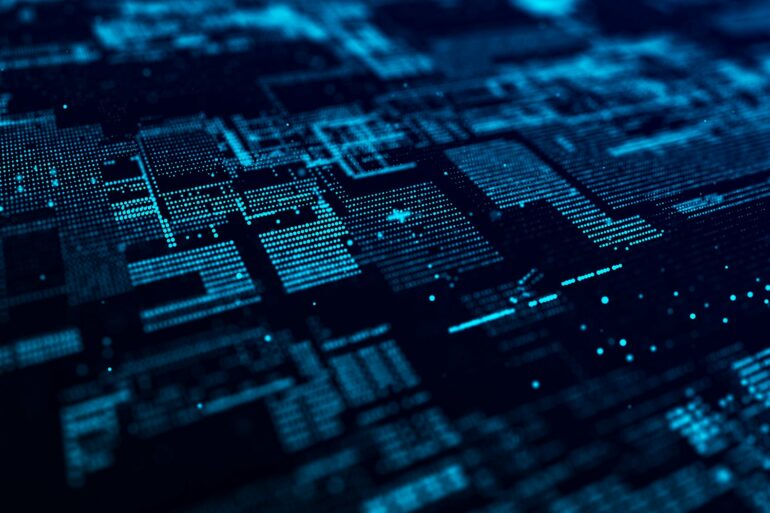We are tasking our computers with processing ever-increasing amounts of data to speed up drug discovery, improve weather and climate predictions, train artificial intelligence, and much more. To keep up with this demand, we need faster, more energy-efficient computer memory than ever before.
Researchers at Stanford have demonstrated that a new material may make phase-change memory—which relies on switching between high and low resistance states to create the ones and zeroes of computer data—an improved option for future AI and data-centric systems. Their scalable technology, as detailed in Nature Communications, is fast, low-power, stable, long-lasting, and can be fabricated at temperatures compatible with commercial manufacturing.
“We are not just improving on a single metric, such as endurance or speed; we are improving several metrics simultaneously,” said Eric Pop, the Pease-Ye Professor of Electrical Engineering and professor, by courtesy, of materials science and engineering at Stanford. “This is the most realistic, industry-friendly thing we’ve built in this sphere. I’d like to think of it as a step towards a universal memory.”
A faster nonvolatile memory
Today’s computers store and process data in separate locations. Volatile memory—which is fast but disappears when your computer turns off—handles the processing, while nonvolatile memory—which isn’t as fast but can hold information without constant power input—takes care of the long-term data storage. Shifting information between these two locations can cause bottlenecks while the processor waits for large amounts of data to be



